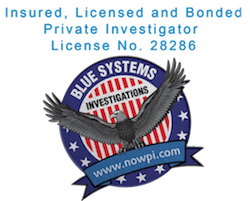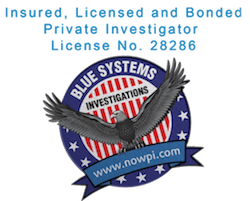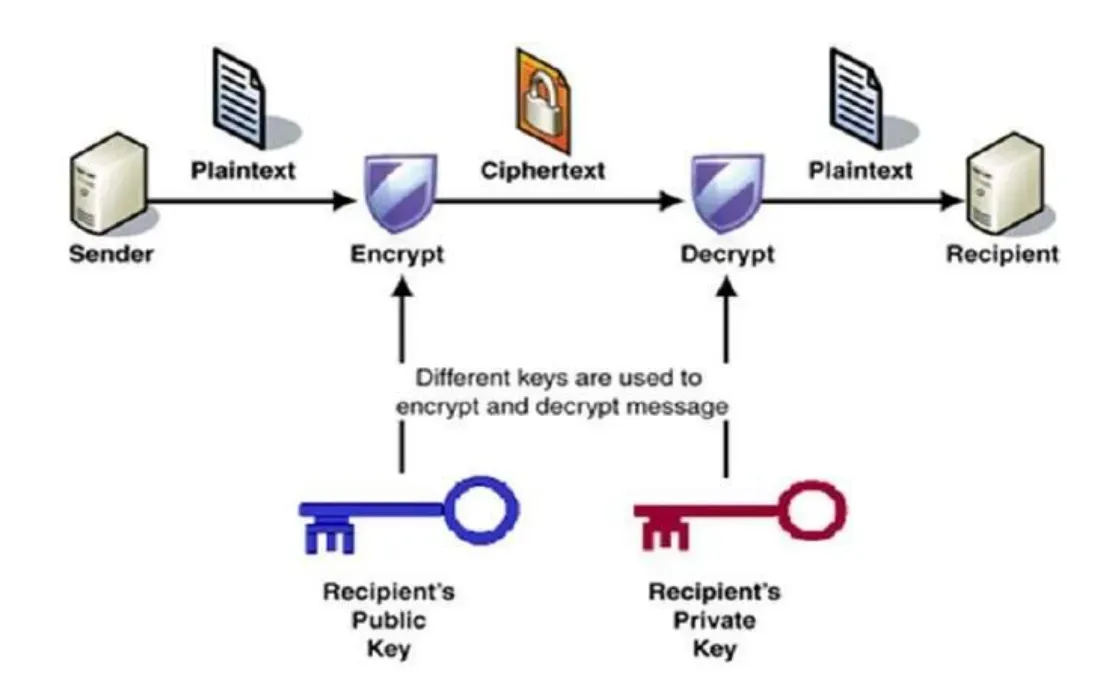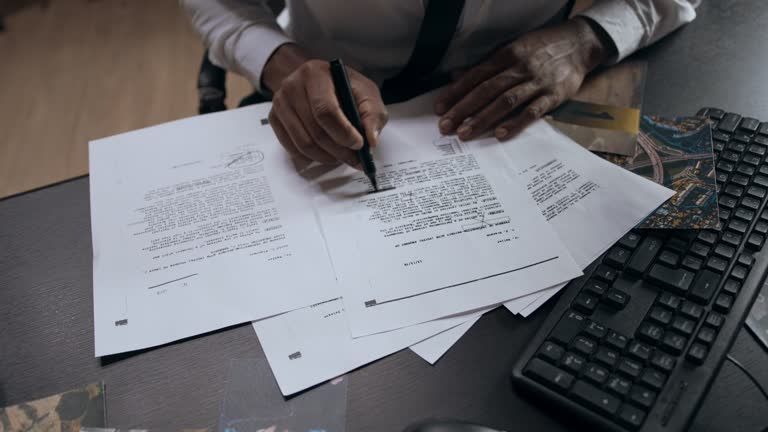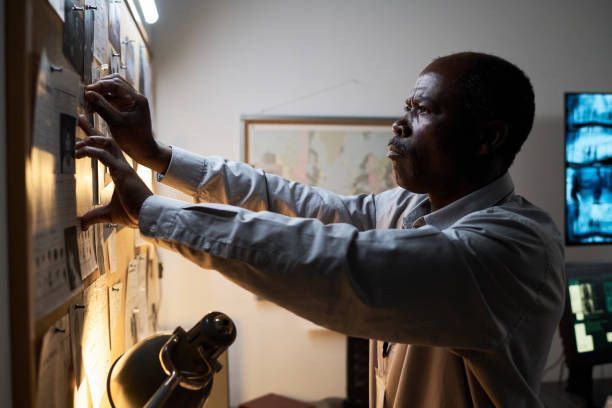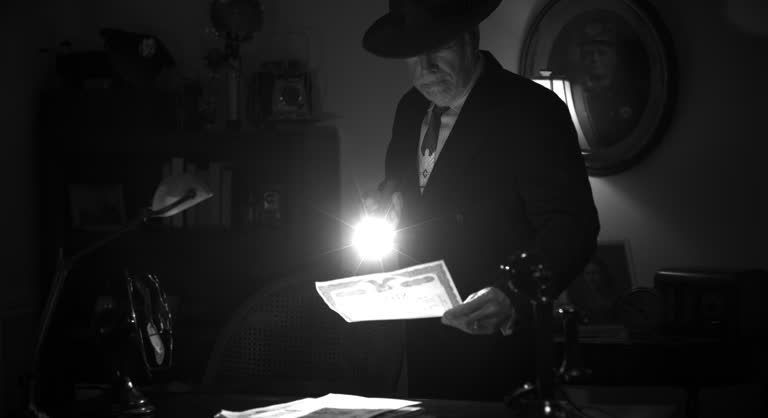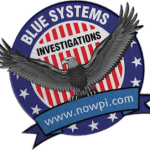Latest Blog Posts
August 15, 2019
August 15, 2019
August 15, 2019
Follow us on Facebook
Certification
CA Private Investigator
License No. 28286
PI Services
Locations Served
Client Intake Forms
Concept, content, objectives forensic documentation.
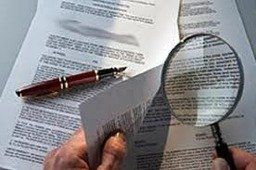
forensic documentation
Forensic records management is a branch of forensic science, which explores the nature of writing, methods of making documents and establish on the specifics of writing, ways forgery specific individuals, develops scientific basis for the use of information contained in documents for the purpose of detection and investigation of crimes. Forensic documentation is based on the achievements of natural and technical sciences, generalization of the investigative and judicial practice. Problems solved by forensic Records Management can be divided into three groups.
The first group – the establishment of characteristics and properties of the artist (author) document: sex, age, mental and physical conditions, and other professional skills.
The second – to determine the nature, quality composition, group affiliation, and sometimes location, time of manufacturing the document material (paper, dyes, wax, glue and the like), identification means, and methods of manufacturing conditions (fake) document or its individual details (signatures, prints, seals, stamps), revealing the invisible records, texts burned documents, etc.
The third – the solution of problems of identification: identification document Executive – by writing and handwriting, the typewriter – by typescripts; duplicating equipment – for the production of prints text on it, etc.
These tasks are specified and resolved during the two types of research documents – letters of forensic research and technical and forensic examination of documents. Despite the well-known set of documents (on purpose, nature, origin), the variety of ways and means of their execution, copy, counterfeit, used for this material and facilities, and accordingly, the methods of research papers and solved with the help of these techniques tasks are shared objects research – documents as sources of forensically important information, and to a certain extent and patterns of display further study of such information in the course of the investigation of crimes. It is in this context is correct to speak about forensic Records Management as a single branch of forensic technology, which studies the nature of the documents, the patterns they display characteristics and properties of the performers, the next impact on the documents in order to change their content. On this basis, the means and methods of forensic investigation papers to the disclosure and investigation of crimes.
In criminology as documents serve a variety of material objects that contain information about the circumstances of the offense committed or planned. This information has a certain semantic content and can be expressed in printed or handwritten letters, numbers, symbols, and codes.
Depending on the methods for recording information, distinguish written acts, graphics (drawings, pictures, charts), photo-video film (negatives, positives, films, videotapes), objects carrier of encoded information (computer tapes and tape recorders, magnetic disc, computer paper tape, punched cards, etc.).
Depending on criminal procedure significance release documents – written evidence and documents – evidence. Documents – written evidence contain information about legal facts recorded in their semantic content. Written evidence may be originals (diploma, technical certificate, invoice) as well as duplicates or copies certified in the prescribed manner.
Documents – evidence contain traces of criminal action (etching, erasure, additional notes, the presence of counterfeit seal, etc.). As documents – physical evidence may act only originals.
By the nature of the information contained distinguish between genuine and counterfeit documents. Genuine are these documents in which details and content correspond to reality. Forgery can be complete (making completely false document) or partial (entry in the original document changes). Accordingly, in the practice of law are two types of fraud – intellectual and material. When intellectual fraud contained in the document information does not correspond to reality. For example, the production of the document on behalf of the defunct organization. Material forgery is making changes to the original document by additional notes, erasures, etching, etc.
The post Concept, content, objectives forensic documentation. appeared first on Blue Systems International.
